Stunning Osteospermum Companion Plants
Osteospermum, also known as African daisy, is a genus of daisy-like flowers that are native to South Africa. They are known for their vibrant colors, long blooming season, and drought tolerance. Osteospermums are typically grown as annuals in cooler climates, but can be grown as perennials in warmer areas.
When choosing companion plants for Osteospermum, it is important to consider their growing conditions and the desired effect. Osteospermums prefer full sun and well-drained soil. They are also susceptible to powdery mildew, so it is important to choose companion plants that are not susceptible to this disease.
Here are some of the best companion plants for Osteospermum:
- Lavender: Lavender is a classic companion plant for Osteospermum. The two plants have similar growing conditions and their contrasting colors and textures create a striking display. Lavender's silvery foliage also helps to deter pests and diseases from Osteospermum.

- Salvia: Salvia is another great companion plant for Osteospermum. Both plants attract pollinators and have a long blooming season. Salvia's vertical flower spikes create a nice contrast with the mounding habit of Osteospermum.

- Echinacea: Echinacea is a drought-tolerant perennial that is also native to South Africa. It is a good companion plant for Osteospermum because it attracts pollinators and has similar growing conditions. Echinacea's daisy-like flowers come in a variety of colors, which can add to the visual interest of your garden.
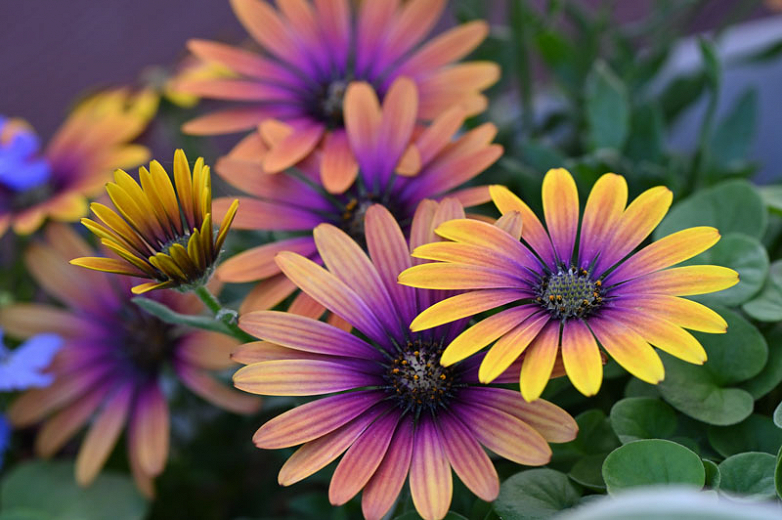
- Verbena: Verbena is a versatile annual that can be used in a variety of garden settings. It is a good companion plant for Osteospermum because it attracts pollinators, has a long blooming season, and can tolerate heat and humidity. Verbena's vibrant flowers come in a variety of colors, which can add to the color scheme of your garden.

- Sedum: Sedum is a drought-tolerant succulent that is also native to South Africa. It is a good companion plant for Osteospermum because it has similar growing conditions and can add texture and interest to your garden. Sedum comes in a variety of colors, including green, yellow, orange, and red.
- Calibrachoa: Calibrachoa, also known as million bells, is a trailing annual that is perfect for hanging baskets or containers. It is a good companion plant for Osteospermum because it attracts pollinators, has a long blooming season, and can tolerate heat and humidity. Calibrachoa's flowers come in a variety of colors, including pink, purple, orange, and yellow.

- Petunia: Petunia is another trailing annual that is perfect for hanging baskets or containers. It is a good companion plant for Osteospermum because it attracts pollinators, has a long blooming season, and can tolerate heat and humidity. Petunia's flowers come in a variety of colors, including pink, purple, orange, and white.

When planting Osteospermum with companion plants, it is important to space them appropriately. Osteospermums can grow up to 2 feet tall and wide, so you will need to give them plenty of room to spread out. You should also consider the mature size of your companion plants when planting them together.
With a little planning, you can create a stunning garden display by planting Osteospermum with the right companion plants. These colorful flowers will attract pollinators and add beauty to your garden for months to come.
Osteospermum, also known as African daisies, are beautiful and versatile flowers that can add a pop of color to any garden. But did you know that they can also be grown alongside other plants to create stunning companion gardens?
There are many different osteospermum companion plants to choose from, but some of the most popular include:
- Salvia: These vibrant flowers share similar growing conditions with osteospermum and attract pollinators. Gardenia Inspiration
- Echinacea: Another pollinator-friendly plant that pairs well with osteospermum. Gardenia Inspiration
- Ornamental grasses: The fine textures and soft movement of ornamental grasses can complement the bold colors and shapes of osteospermum flowers. Gardenia Inspiration
- Sedum: These drought-tolerant plants can provide an interesting contrast in texture and form when planted alongside osteospermum. Gardenia Inspiration
- Calibrachoa or Petunia: These trailing flowers are great options for adding more color to container gardens or hanging baskets featuring osteospermum. Gardenia Inspiration
No matter what your gardening style, there is an osteospermum companion plant out there that is perfect for you. To learn more about different osteospermum companion plants and how to choose the right ones for your garden, visit Gardenia Inspiration.
FAQ of osteospermum companion plants
Q: What are some good companion plants for Osteospermum?
A: Osteospermum, also known as African daisy, is a popular annual or perennial flowering plant that is native to South Africa. It is known for its daisy-like flowers that come in a variety of colors, including blue, purple, pink, and white. Osteospermum plants prefer full sun and well-drained soil. They are relatively drought-tolerant once established, but they may benefit from regular watering during the hot summer months.
Some good companion plants for Osteospermum include:
- Lavender: Lavender is a drought-tolerant plant that loves full sun. It has a calming fragrance that deters pests.
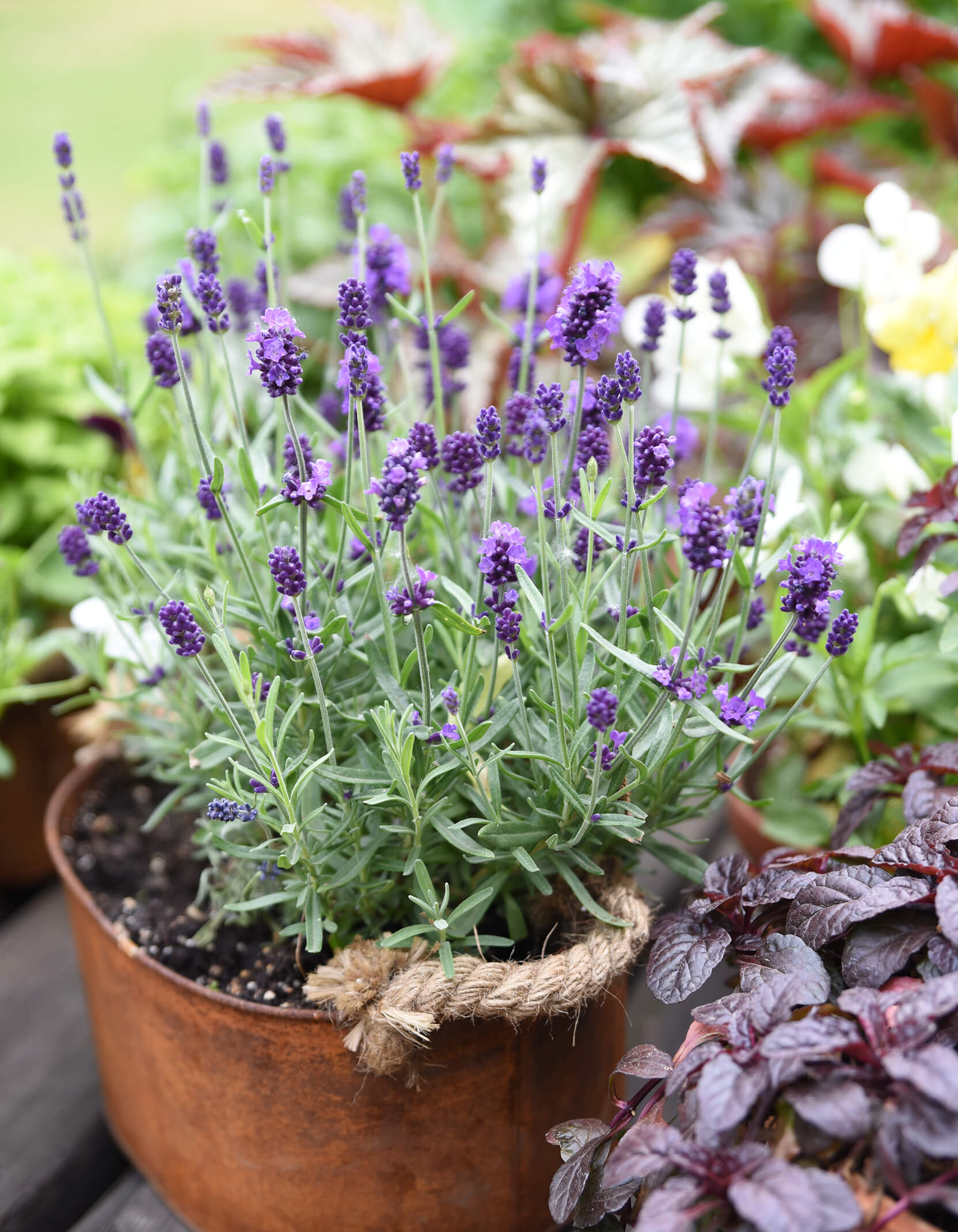
- Salvia: Salvia is another drought-tolerant plant that loves full sun. It attracts pollinators and has colorful flowers.
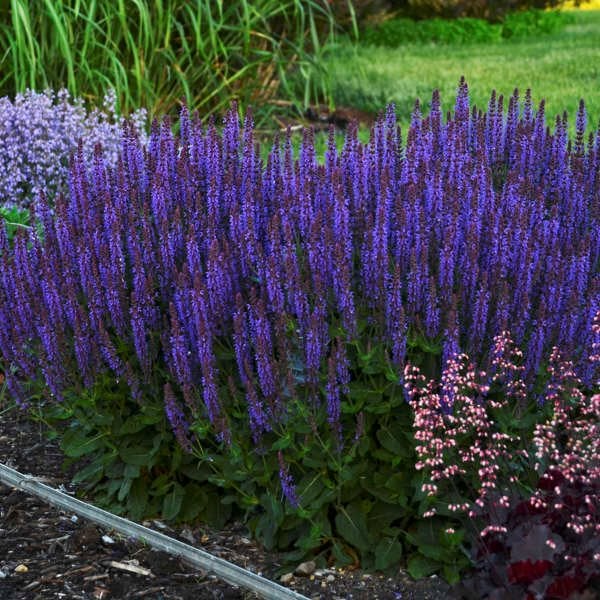
- Zinnia: Zinnia is a low-maintenance annual that loves full sun. It comes in a variety of colors and blooms all summer long.
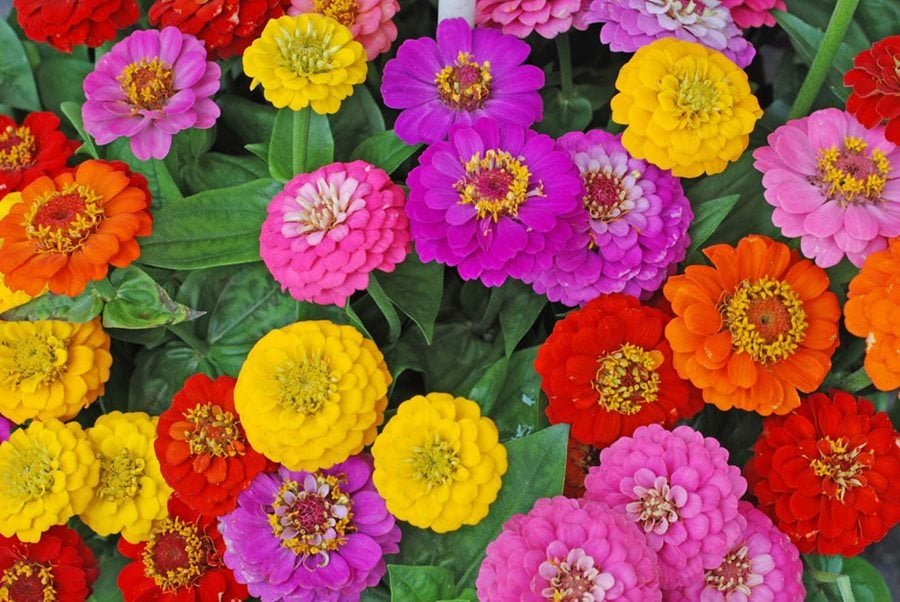
- Cosmos: Cosmos is another low-maintenance annual that loves full sun. It comes in a variety of colors and blooms all summer long.
- Strawflower: Strawflower is a drought-tolerant annual that loves full sun. It has long-lasting blooms that can be used in dried arrangements.

Q: When should I plant Osteospermum companion plants?
A: Osteospermum companion plants can be planted in the spring or fall. If you are planting in the spring, wait until the soil has warmed up to at least 60 degrees Fahrenheit. If you are planting in the fall, plant before the first frost.
Q: How far apart should I plant Osteospermum companion plants?
A: The spacing for Osteospermum companion plants will vary depending on the size of the plants. Generally, you should space them 12-18 inches apart.
Q: How do I care for Osteospermum companion plants?
A: Osteospermum companion plants are relatively easy to care for. They need full sun and well-drained soil. Water them regularly during the hot summer months, but they are drought-tolerant once established. Fertilize them every few weeks with a balanced fertilizer.
Q: How do I prevent pests and diseases in Osteospermum companion plants?
A: Osteospermum companion plants are relatively pest- and disease-resistant. However, they can be susceptible to aphids, spider mites, and whiteflies. You can control these pests with insecticidal soap or neem oil. Osteospermum plants can also be susceptible to powdery mildew. You can prevent powdery mildew by watering your plants in the morning so that the leaves have time to dry before nightfall.
Image of osteospermum companion plants
Here are 5 different images of Osteospermum companion plants:
- Lavender is a classic companion plant for Osteospermum. They both have similar growing conditions and flower at the same time. Lavender's delicate purple flowers will complement Osteospermum's bright colors.

- Salvia is another good choice for companion planting with Osteospermum. They both attract butterflies and other pollinators. Salvia's tall spikes of flowers will add height and contrast to Osteospermum's spreading habit.

- Crocosmia is a colorful summer-blooming bulb that can be planted alongside Osteospermum. The two plants will complement each other's colors and bloom times.
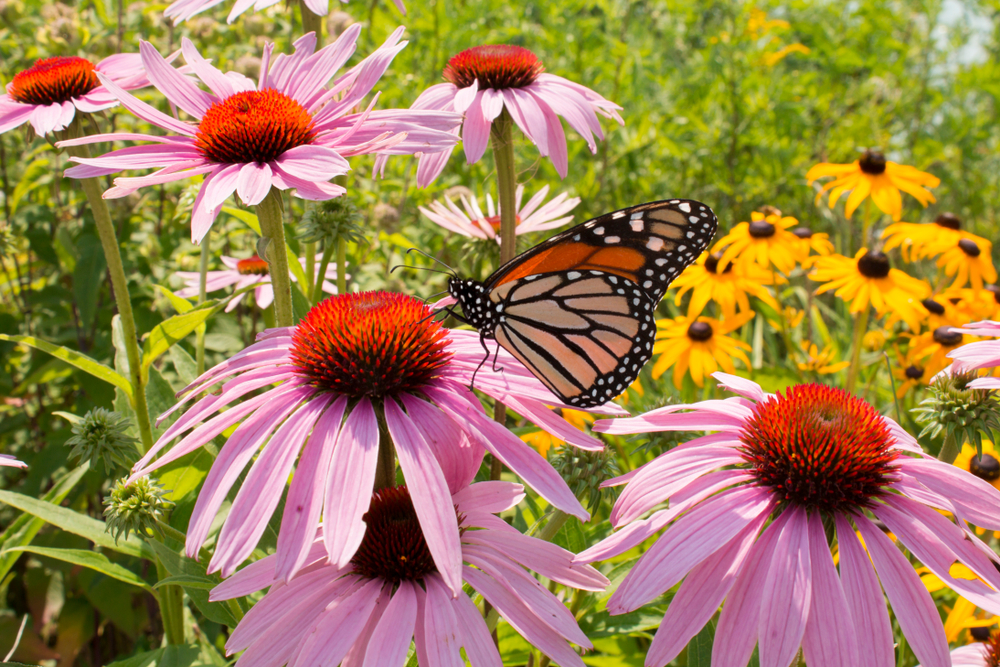
- Agapanthus is a tall, upright plant that can add structure to a bed of Osteospermum. The two plants will bloom at different times of the year, so you'll have flowers in your garden all season long.
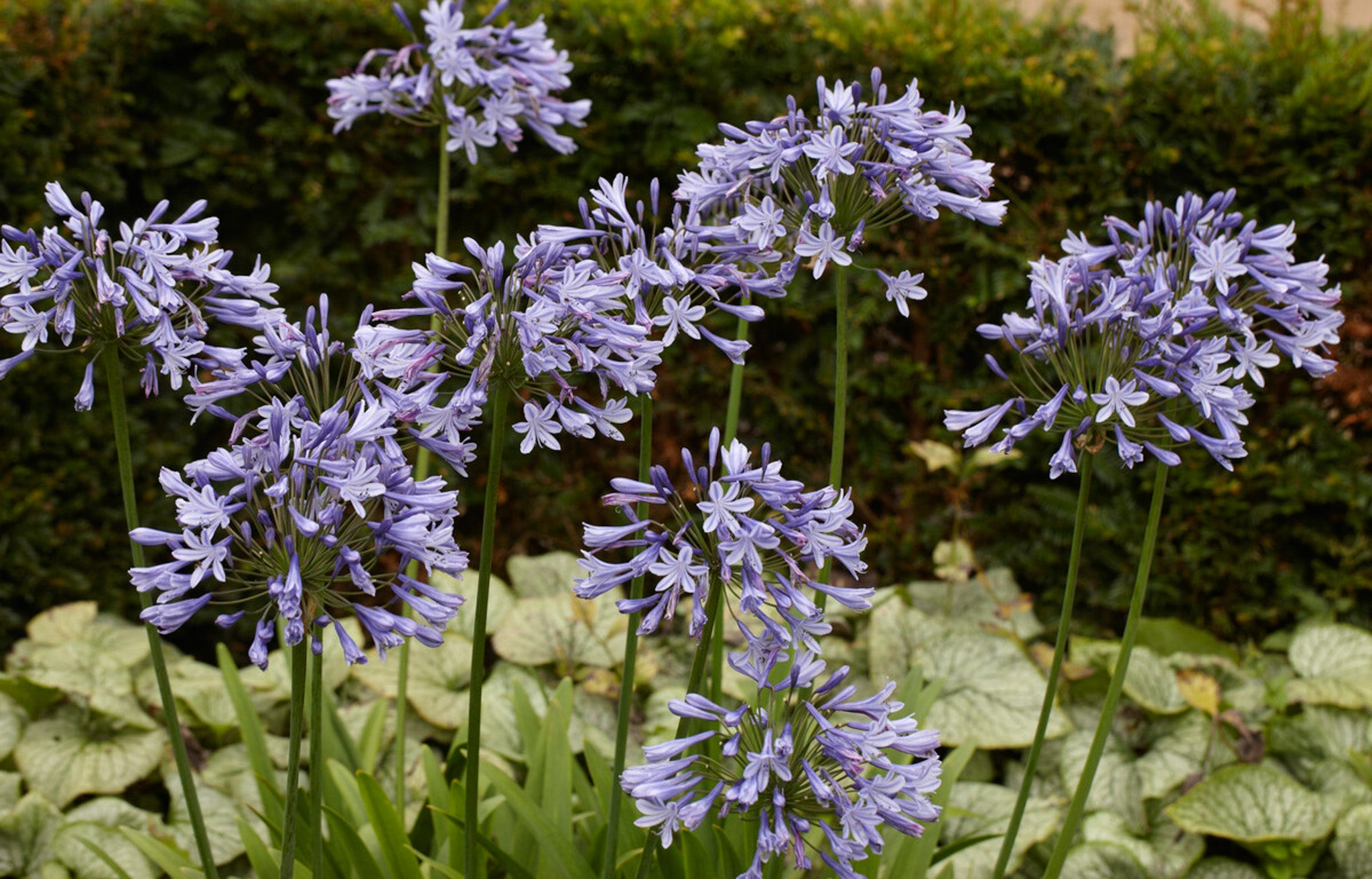
- Zinnia is a low-maintenance annual that can be planted alongside Osteospermum. Zinnias come in a wide variety of colors, so you can choose ones that will complement the colors of your Osteospermum plants.

Post a Comment for " Stunning Osteospermum Companion Plants"